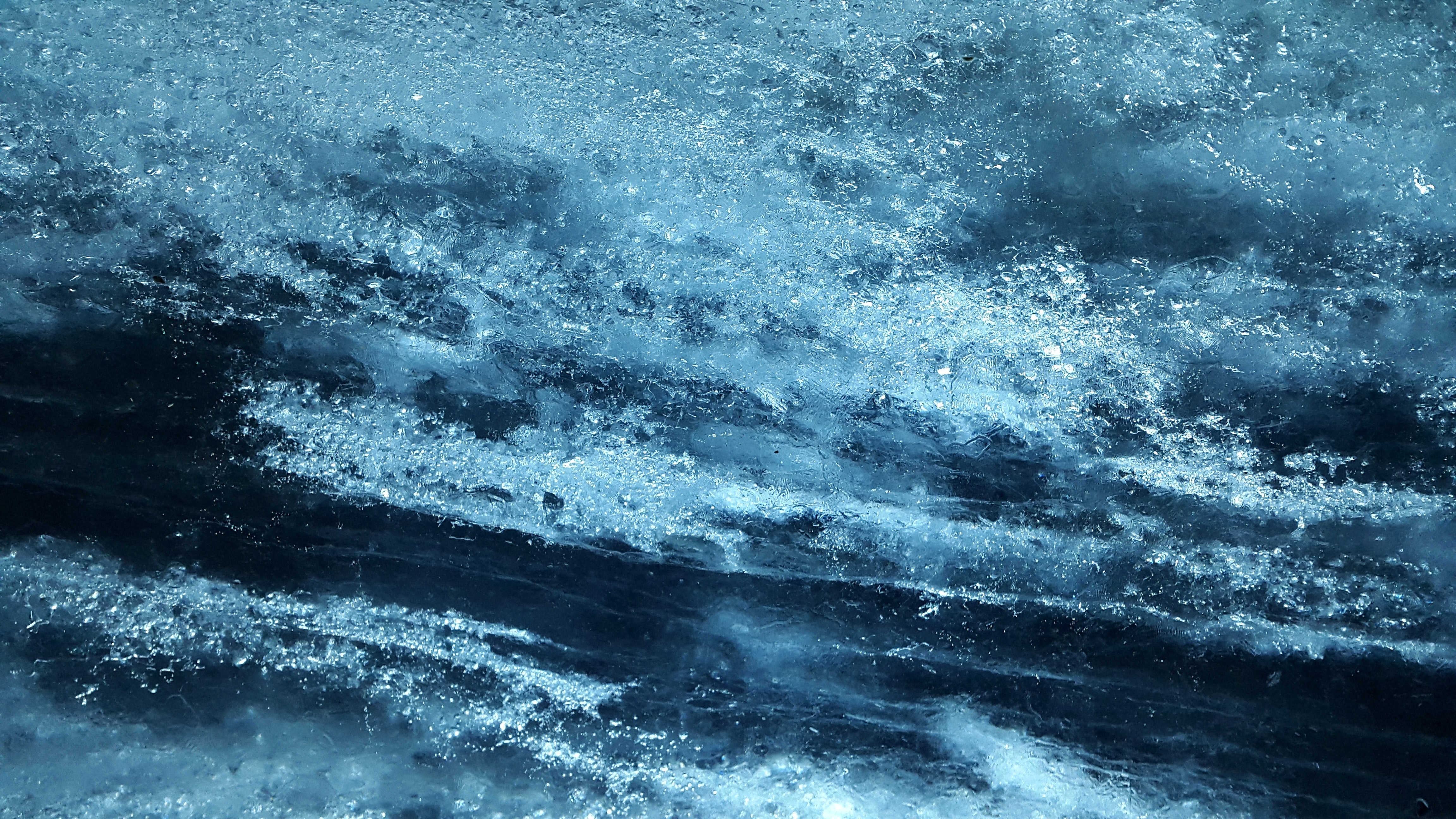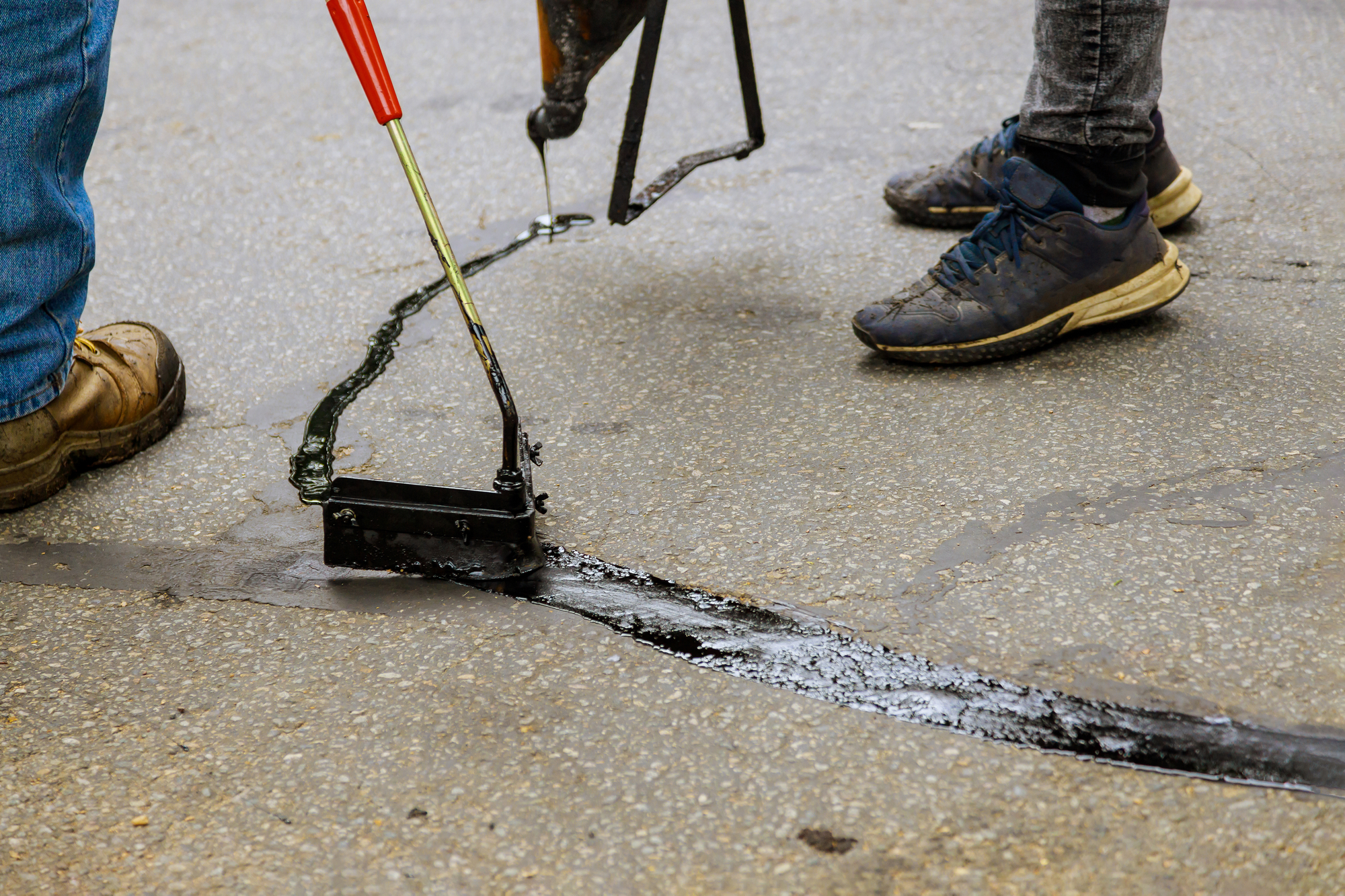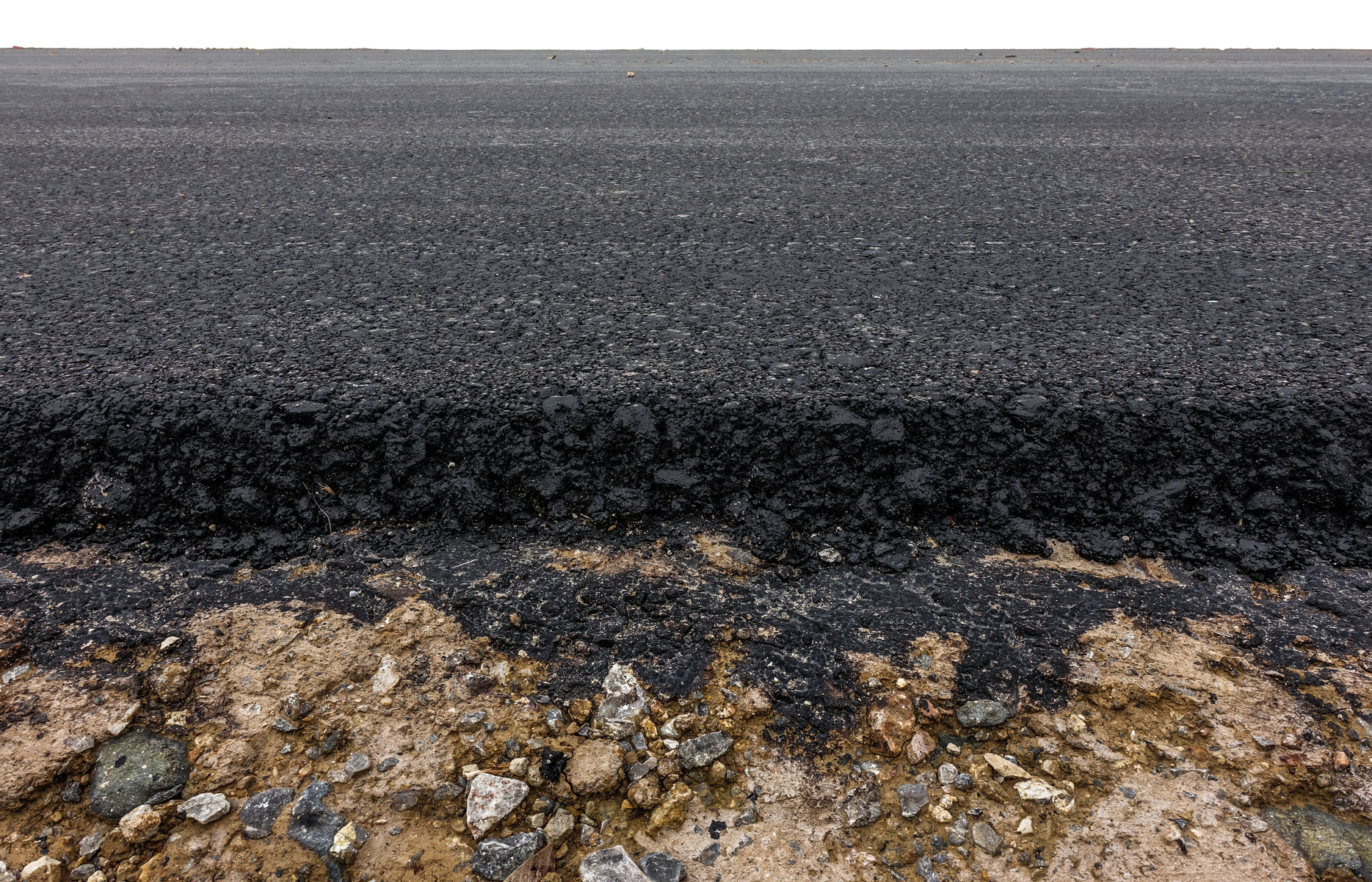What’s the best way to de-ice your driveway?
13 March 2020
What’s the best way to de-ice your driveway?
Ice build-up on driveways is an inevitable part of both winter and spring in Gatineau, Ottawa and the Outaouais Region. The mixture of snow and rain, thawing and refreezing cycles is a challenge for homeowners and business owners alike who want to prevent slips and falls on their property and avoid excessive water pooling when the weather warms up and melts the ice.
There are numerous shovelling strategies and commercial products on the market to choose from when it comes to getting rid of ice in your driveway. Not all of these can be recommended however, especially when you consider the effect on your asphalt, cement, or paving stones, not to mention the health and environmental impacts as well.
- What can you do to keep ice from forming in the first place?
- What is the best de-icer for your driveway?
- How can you safely get rid of ice build up?
The experts at Pavage Massie weigh in with their thoughts. And who better to ask? We’re the snow removal AND driveway paving experts in Gatineau!
Preventing Ice Build Up
An ounce of prevention goes a long way when it comes to preventing a build-up of ice on your driveway. Here are some things to keep on top of leading up to and during winter:
- Direct the water flowing through the gutter downspouts to avoid creating stagnant water buildup on your concrete pavement. By using a gutter downspout extension, you can reduce the creation of ice patches and make your paving less slippery and safer.
- Add stabilizing/polymeric sand on areas where spring erosion has emptied the joints between driveway slabs to reduce the amount of ice that will form between the tiles during the winter
- Remove snow promptly to limit the amount of potential water on your driveway after a melt or rain. Use a plastic shovel to avoid damaging your concrete pavement
The Best De-Icer is No De-Icer
Salt and other deicing chemicals are harmful to concrete and cement because they create micro cracks. Water then seeps into these tiny cracks and with the natural forces of the freeze-thaw cycles, split the surface. In fact, a few seasons is all it takes to completely flake and crumble a driveway.
Concrete surfaces less than two years old react particularly badly to the chlorides contained in de-icing salts and so it is important to read the manufacturer’s instructions for use of de-icers and salts before applying them to your driveway.
Instead of trying to eliminate all ice from your driveway, we recommend the use of sand or gravel as an abrasive to help pedestrians and vehicles maintain a safe grip on top of the ice. You can read our blog about the top 3 reasons you should use sand or gravel on your asphalt or concrete here.
How to get rid of driveway ice-build up
It’s inevitable that our prevention doesn’t always stand up to mother nature and we get a large build up of ice in our driveway. If the ice gets too thick or intrusive it might be necessary to remove it in order to:
- Prevent the melt water from leaking into garage or house
- Keep the driveway safe for pedestrians and vehicles
- Even out the height between the road and your curb/driveway



